Home>Home Appliances>Bathroom Appliances>How Does A Weight Scale Measure Body Fat
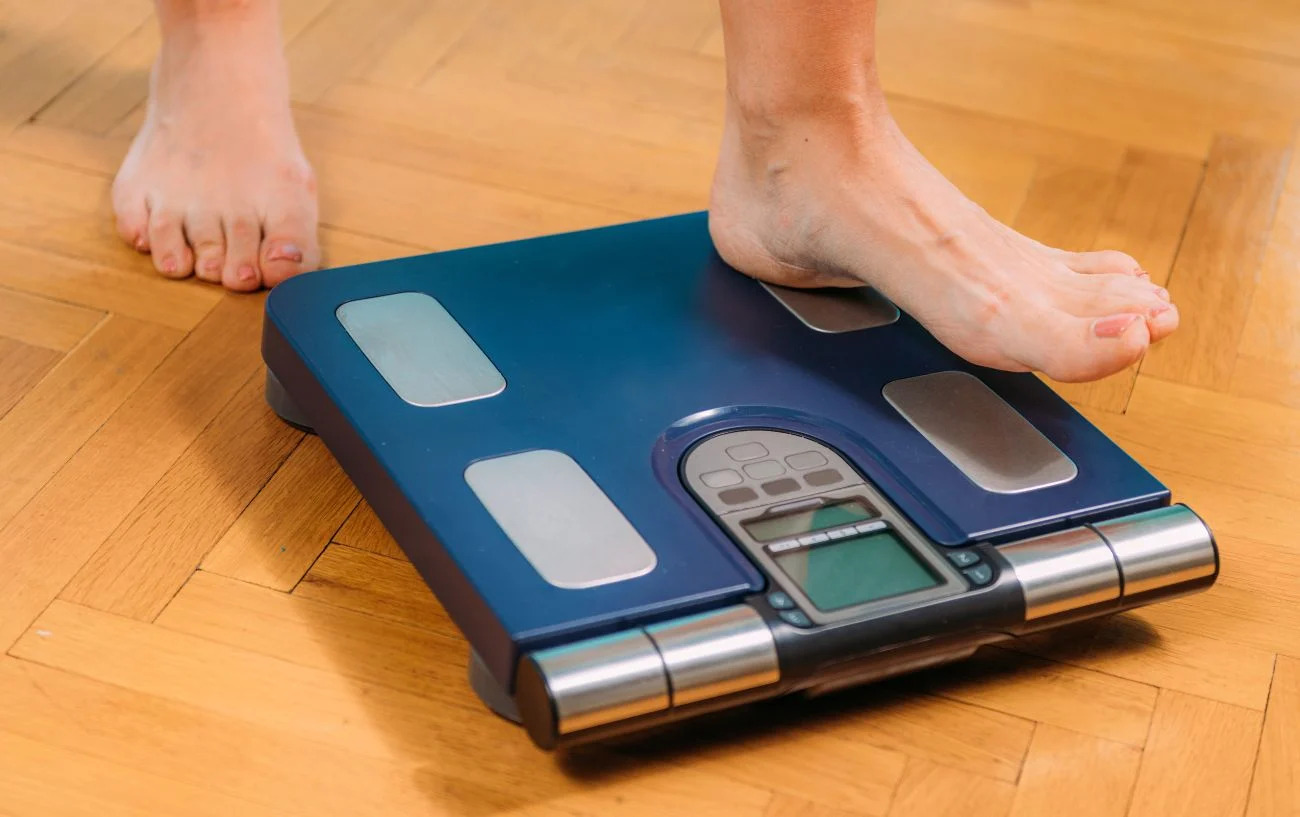

Bathroom Appliances
How Does A Weight Scale Measure Body Fat
Modified: February 18, 2024
Learn how bathroom appliances like weight scales measure body fat and track your fitness progress. Find out the science behind body fat measurement.
(Many of the links in this article redirect to a specific reviewed product. Your purchase of these products through affiliate links helps to generate commission for Storables.com, at no extra cost. Learn more)
Introduction
Weight scales have long been a staple in bathrooms, serving as a convenient tool for individuals to monitor their weight. However, modern weight scales have evolved beyond simply displaying body weight. Many now come equipped with the capability to measure body fat percentage, providing a more comprehensive insight into one's overall health and fitness.
In this article, we will delve into the fascinating world of weight scales and explore how they are able to measure body fat. Understanding this process is crucial for anyone looking to track their fitness journey effectively and make informed decisions about their health.
As we embark on this exploration, we will unravel the science behind body fat percentage and its significance in assessing overall health. Additionally, we will uncover the mechanisms employed by weight scales to measure body fat, shedding light on the technology that makes this possible. Furthermore, we will discuss the accuracy and limitations of body fat measurements obtained from weight scales, empowering readers to interpret their results with a discerning eye.
By the end of this article, readers will gain valuable insights into the intricacies of body fat measurement and be equipped with practical tips for utilizing weight scales to track their body fat percentage effectively. So, let's embark on this enlightening journey to unravel the mysteries of how weight scales measure body fat.
Key Takeaways:
- Modern weight scales use electricity to estimate body fat percentage. Factors like hydration and food intake can affect accuracy, so consistency and understanding individual variability are key for reliable measurements.
- To measure body fat effectively, maintain consistent timing, manage hydration levels, and track trends over time. Consider consulting healthcare professionals for personalized guidance on body composition analysis.
Read more: What Is The Best Body Weight Scale
The Basics of Weight Scales
Weight scales, also known as bathroom scales, are essential tools for monitoring body weight. They have been a fixture in households for decades, providing a quick and easy way to track weight changes. Traditional weight scales operate using a simple mechanism: when a person steps onto the scale, their weight compresses a spring or strain gauge, which then translates the force into a numerical reading displayed on the scale.
In recent years, technological advancements have transformed weight scales, enhancing their functionality to encompass body composition analysis. These modern scales are equipped with bioelectrical impedance analysis (BIA) technology, allowing them to measure not only weight but also body fat percentage, muscle mass, bone density, and more.
The design of modern weight scales often includes conductive electrodes on the surface. When a person stands on the scale, a low-level electrical current is sent through the body. This current flows more quickly through tissues that contain a high percentage of water, such as muscle, and encounters resistance in fat tissue. By measuring the impedance of the body to this electrical current, the scale can estimate the proportion of body fat.
It's important to note that while weight scales provide a convenient means of monitoring body weight and composition, they are not infallible. Factors such as hydration levels, food consumption, and the presence of metal implants can affect the accuracy of body fat measurements. Despite these limitations, weight scales remain valuable tools for individuals seeking to gain a comprehensive understanding of their overall health and fitness.
In essence, the evolution of weight scales from simple weight measurement devices to sophisticated body composition analyzers reflects the growing emphasis on holistic health monitoring. By incorporating advanced technology, these scales empower individuals to go beyond mere weight tracking and gain insights into their body composition, thereby fostering a more informed approach to health and wellness management.
Understanding Body Fat Percentage
Body fat percentage refers to the proportion of fat tissue in relation to the total body weight. It is a crucial metric in assessing overall health and fitness, providing valuable insights into an individual's body composition. While body weight alone offers a general indication of one's size, body fat percentage offers a more nuanced understanding of the distribution of weight within the body.
Understanding body fat percentage involves recognizing the significance of both essential and non-essential fat. Essential fat is vital for physiological functions, including hormone regulation and insulation, while non-essential fat encompasses the stored fat that exceeds the body's essential needs. The balance between these two types of fat is essential for maintaining optimal health.
Body fat percentage varies between individuals and is influenced by factors such as age, gender, genetics, and lifestyle. Generally, women tend to have a higher essential body fat percentage than men due to biological differences related to reproductive and hormonal functions. Additionally, age-related changes, such as decreased muscle mass and hormonal shifts, can impact body fat distribution.
Monitoring body fat percentage is integral to evaluating overall health and assessing the effectiveness of fitness and nutrition regimens. A healthy body fat percentage range differs between genders, with women typically falling within the 25-31% range and men within the 18-24% range. However, these ranges can vary based on individual goals, body composition, and fitness levels.
By understanding body fat percentage, individuals can gain a more comprehensive view of their physical well-being. It serves as a valuable tool for setting realistic fitness goals, tracking progress, and identifying potential health risks associated with excessive body fat. Moreover, maintaining a healthy body fat percentage is linked to reduced risk of chronic diseases, improved metabolic function, and enhanced overall vitality.
In essence, comprehending body fat percentage goes beyond mere numbers on a scale; it encompasses a deeper understanding of one's body composition and its implications for overall health. By recognizing the significance of body fat percentage and its dynamic nature, individuals can make informed decisions to optimize their health and well-being.
A weight scale measures body fat using a method called bioelectrical impedance analysis (BIA), which sends a small electrical current through the body to estimate body fat percentage based on the body’s resistance to the current.
How Weight Scales Measure Body Fat
Modern weight scales utilize a technology known as bioelectrical impedance analysis (BIA) to measure body fat. This innovative approach involves sending a low-level electrical current through the body when a person stands on the scale. The electrical current flows more rapidly through tissues that contain a high percentage of water, such as muscle, due to their high conductivity. Conversely, the current encounters greater resistance in fat tissue, which has lower water content and, therefore, lower conductivity.
By measuring the impedance, or opposition to the flow of the electrical current, the scale can estimate the proportion of body fat. This estimation is based on the principle that lean tissue, which includes muscle and organs, conducts electrical current more effectively than fat tissue. As a result, the scale can calculate the body fat percentage by analyzing the differences in electrical conductivity throughout the body.
It's important to note that while BIA technology provides a convenient and non-invasive method for estimating body fat percentage, it is not without limitations. Factors such as hydration levels, food consumption, and the presence of metal implants can impact the accuracy of the measurements. Additionally, the distribution of fat within the body can affect the precision of the results, as BIA technology assumes a uniform distribution of lean and fat tissue, which may not always be the case.
Despite these limitations, BIA technology has significantly enhanced the functionality of weight scales, allowing individuals to gain valuable insights into their body composition beyond mere weight measurement. By incorporating this advanced technology, weight scales have evolved into comprehensive body composition analyzers, providing users with a more holistic understanding of their physical well-being.
In essence, the utilization of BIA technology in weight scales represents a remarkable fusion of science and practicality, enabling individuals to access valuable body fat measurements in the comfort of their own homes. This innovative approach not only facilitates convenient monitoring of body fat percentage but also empowers individuals to make informed decisions regarding their health and fitness goals.
Accuracy and Limitations of Body Fat Measurements
The measurement of body fat percentage using weight scales equipped with bioelectrical impedance analysis (BIA) technology provides a convenient and non-invasive method for individuals to gain insights into their body composition. However, it is essential to understand the accuracy and limitations associated with these measurements to interpret the results effectively.
One of the primary factors influencing the accuracy of body fat measurements is hydration levels. Since BIA technology relies on the conduction of electrical current through the body, variations in hydration can impact the results. Dehydration can lead to an overestimation of body fat percentage, as the reduced water content in the body may increase the resistance to the electrical current. Conversely, overhydration can result in an underestimation of body fat percentage, as the higher water content may decrease the resistance, leading to a lower calculated fat percentage.
Additionally, food consumption can affect the accuracy of body fat measurements. The ingestion of food and beverages can temporarily alter the body's hydration levels, potentially influencing the impedance of the electrical current. To mitigate this impact, it is advisable to measure body fat at consistent times, such as in the morning before consuming food or liquids.
Furthermore, the distribution of fat within the body can pose limitations to the precision of body fat measurements. BIA technology assumes a uniform distribution of lean and fat tissue throughout the body, which may not always align with individual anatomical variations. As a result, the accuracy of body fat percentage estimates may be influenced by the specific distribution of fat within an individual's body.
Moreover, factors such as age, gender, and fitness level can introduce variability in the accuracy of body fat measurements. Age-related changes, such as decreased muscle mass and alterations in body composition, can impact the interpretation of body fat percentage. Gender differences in body fat distribution and composition can also contribute to variations in measurement accuracy. Additionally, individuals with higher fitness levels or specific physical characteristics, such as athletes or individuals with substantial muscle mass, may receive readings that deviate from their actual body fat percentage.
It is important to recognize that while weight scales with BIA technology offer a convenient means of estimating body fat percentage, they do not provide a comprehensive analysis of overall health. These measurements should be viewed as estimations rather than precise values. For individuals seeking a more thorough assessment of body composition and health, consulting with healthcare professionals or utilizing more advanced body composition analysis methods may be beneficial.
In essence, understanding the accuracy and limitations of body fat measurements obtained from weight scales equipped with BIA technology empowers individuals to interpret the results discerningly. By acknowledging the influencing factors and potential constraints, individuals can utilize body fat measurements as valuable indicators while recognizing their inherent limitations.
Read more: How Does A Spring Scale Measure Weight
Tips for Using a Weight Scale to Measure Body Fat
-
Consistency is Key: To obtain reliable body fat measurements, it is essential to maintain consistency in the timing and conditions of the measurements. Aim to measure your body fat at the same time each day, preferably in the morning before consuming food or liquids. Consistent timing helps minimize variations due to factors such as hydration and food consumption, providing more accurate and comparable results over time.
-
Hydration Management: Since hydration levels can significantly influence body fat measurements, it is advisable to pay attention to your hydration status. Dehydration can lead to an overestimation of body fat percentage, while overhydration can result in an underestimation. Maintaining consistent hydration levels, especially during the hours leading up to the measurement, can contribute to more reliable results.
-
Avoid Immediate Post-Exercise Measurements: Engaging in vigorous physical activity can temporarily affect the body's fluid distribution and electrolyte balance, potentially impacting body fat measurements. To minimize the impact of exercise on the readings, it is recommended to avoid immediate measurements after intense physical exertion. Allowing sufficient time for the body to return to a stable state post-exercise can enhance the accuracy of the measurements.
-
Understand Individual Variability: Recognize that individual differences, such as age, gender, and fitness level, can influence body fat measurements. Factors such as age-related changes in body composition and gender-specific fat distribution patterns can contribute to variations in the readings. Additionally, individuals with higher fitness levels or significant muscle mass may receive readings that deviate from their actual body fat percentage. Understanding these variations can provide context when interpreting the measurements.
-
Track Trends Over Time: Instead of fixating on individual measurements, focus on tracking trends in body fat percentage over time. By monitoring changes in body fat percentage, you can gain valuable insights into the effectiveness of your fitness and nutrition regimens. Look for gradual trends rather than isolated measurements to assess progress accurately.
-
Consider Additional Metrics: While weight scales with body fat measurement capabilities offer valuable insights, they provide only one aspect of body composition analysis. Consider incorporating additional metrics, such as waist circumference, muscle mass, and overall fitness assessments, to gain a more comprehensive understanding of your physical well-being. Integrating multiple metrics can offer a more holistic view of your health and fitness journey.
-
Consult with Healthcare Professionals: For individuals seeking a thorough assessment of body composition and health, consulting with healthcare professionals can provide valuable guidance. Healthcare professionals can offer personalized insights and recommend more advanced body composition analysis methods, tailoring the assessment to individual health goals and considerations.
By implementing these tips, individuals can optimize the use of weight scales to measure body fat, empowering them to make informed decisions regarding their health and fitness goals. Consistency, awareness of influencing factors, and a holistic approach to body composition analysis can enhance the value of body fat measurements obtained from weight scales.
Frequently Asked Questions about How Does A Weight Scale Measure Body Fat
Was this page helpful?
At Storables.com, we guarantee accurate and reliable information. Our content, validated by Expert Board Contributors, is crafted following stringent Editorial Policies. We're committed to providing you with well-researched, expert-backed insights for all your informational needs.
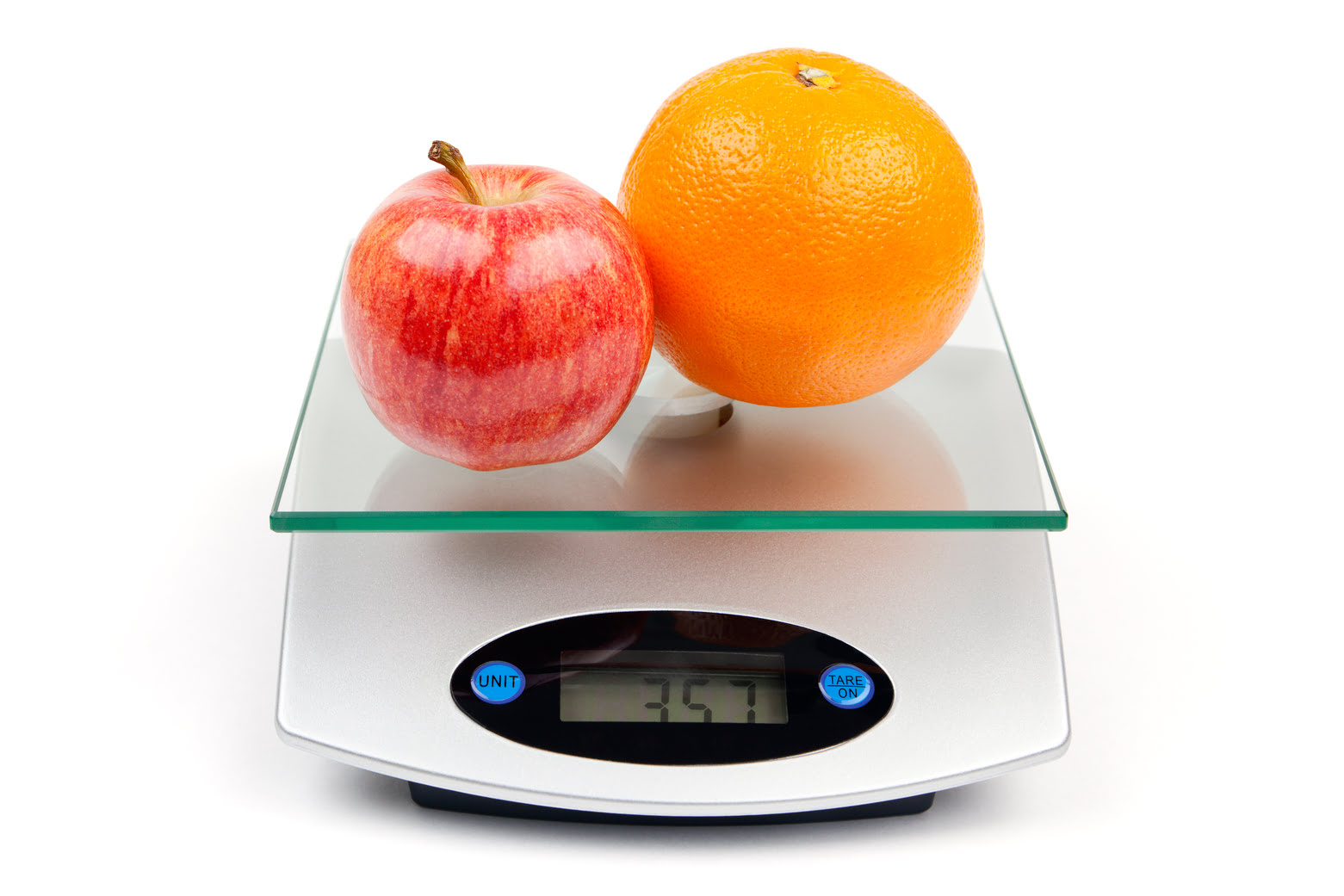
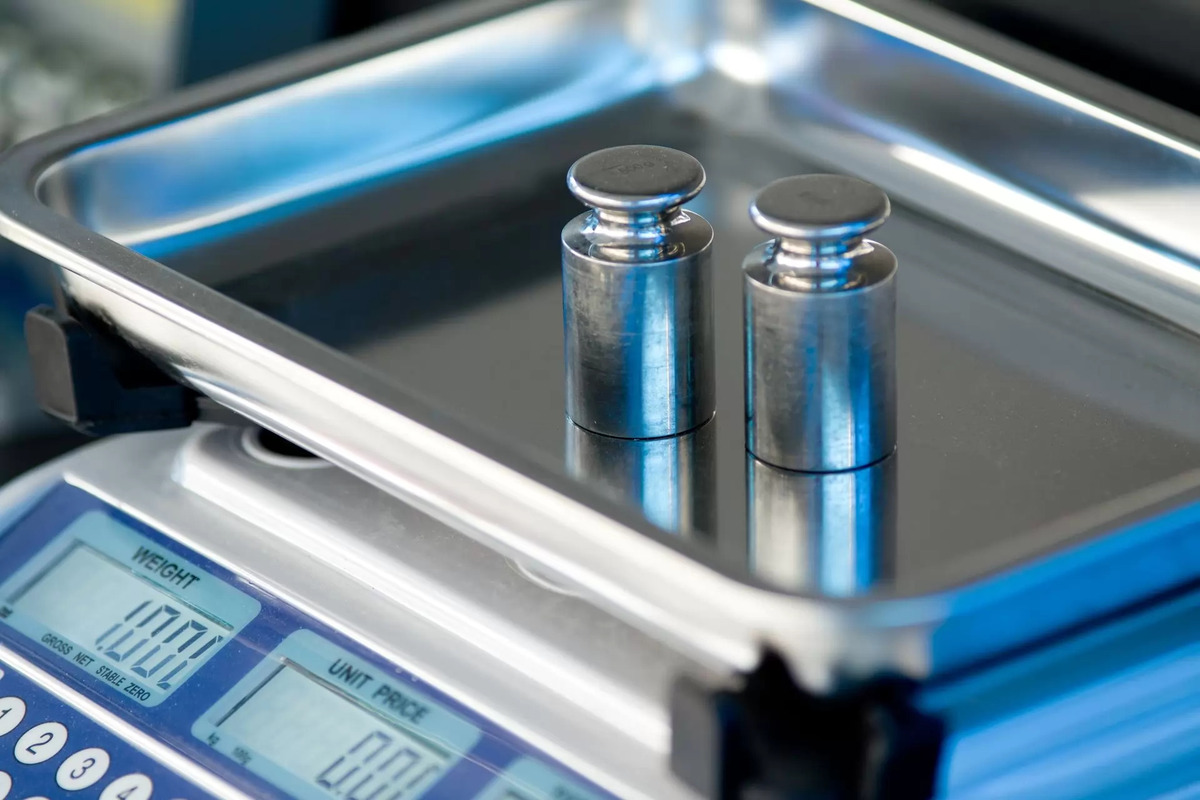
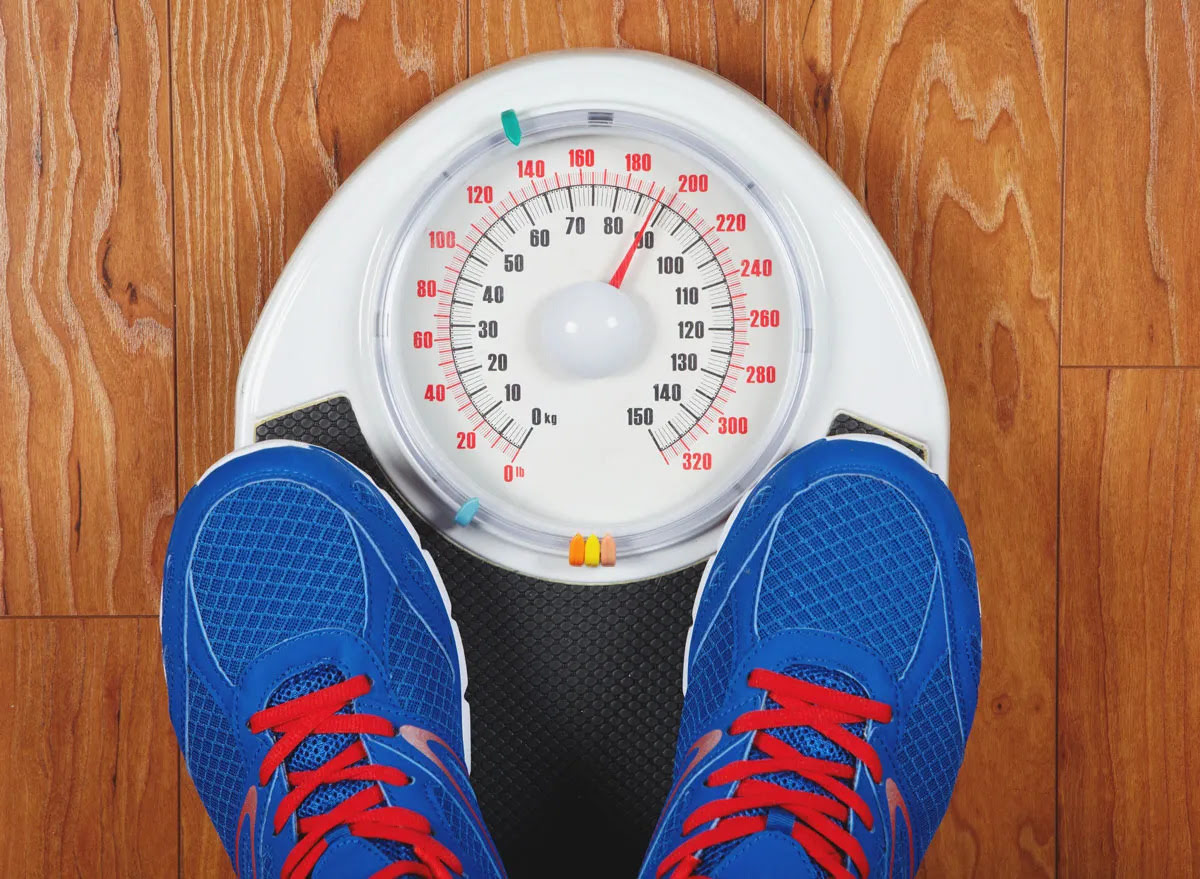
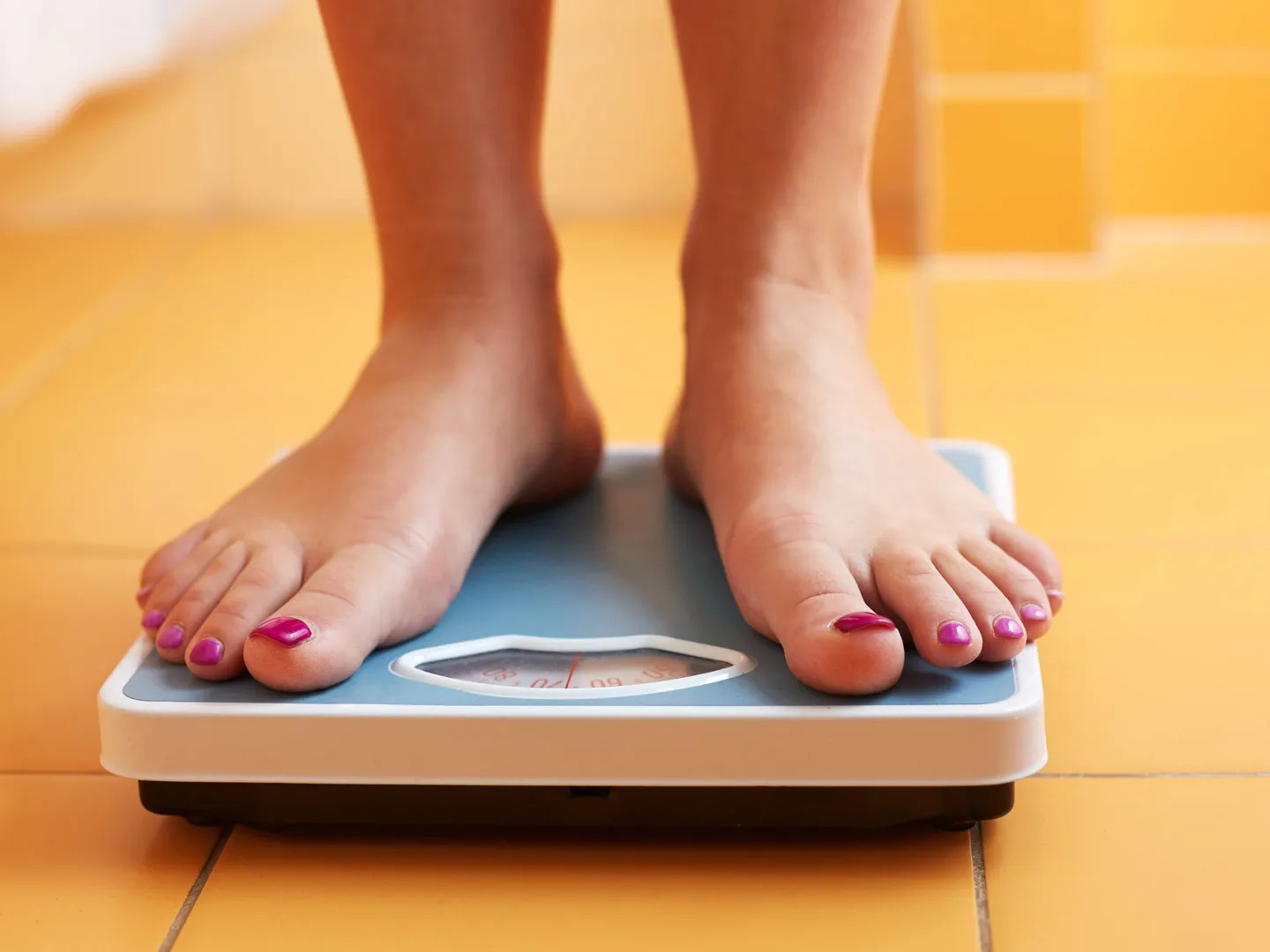
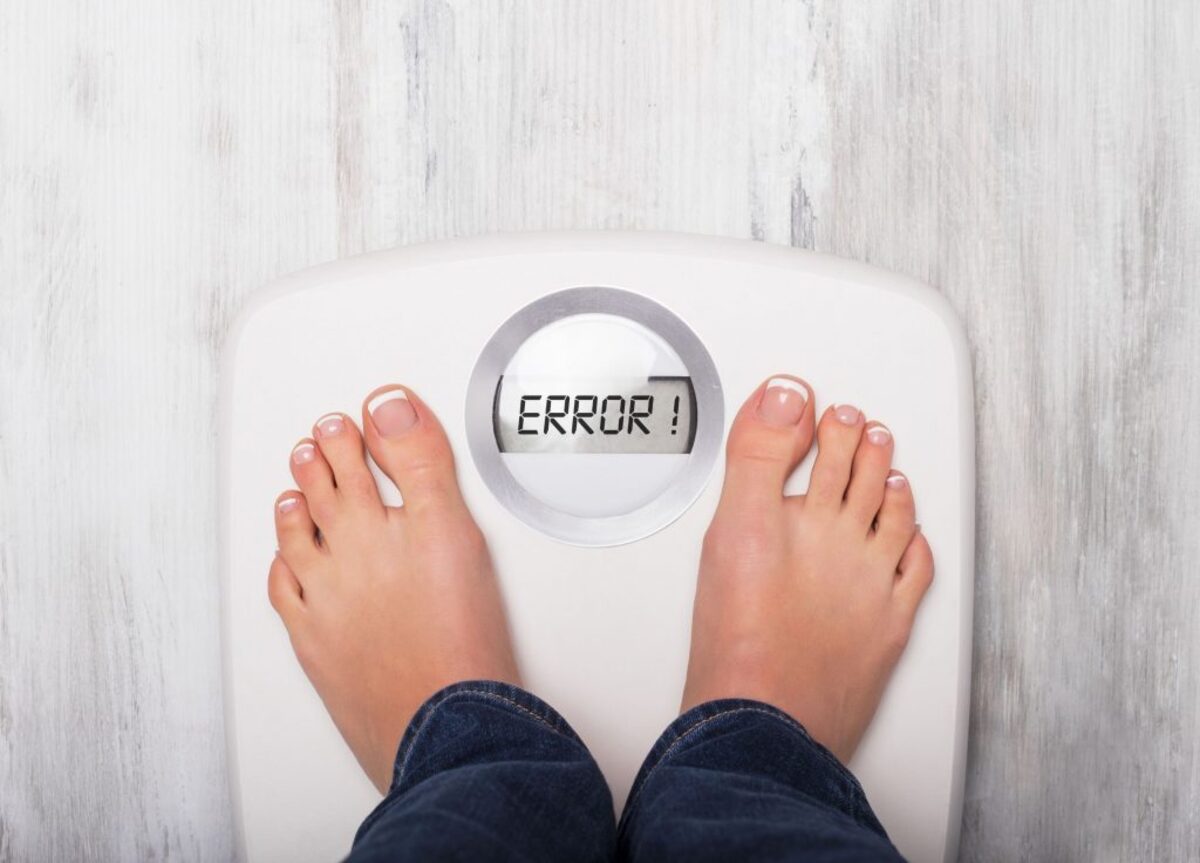
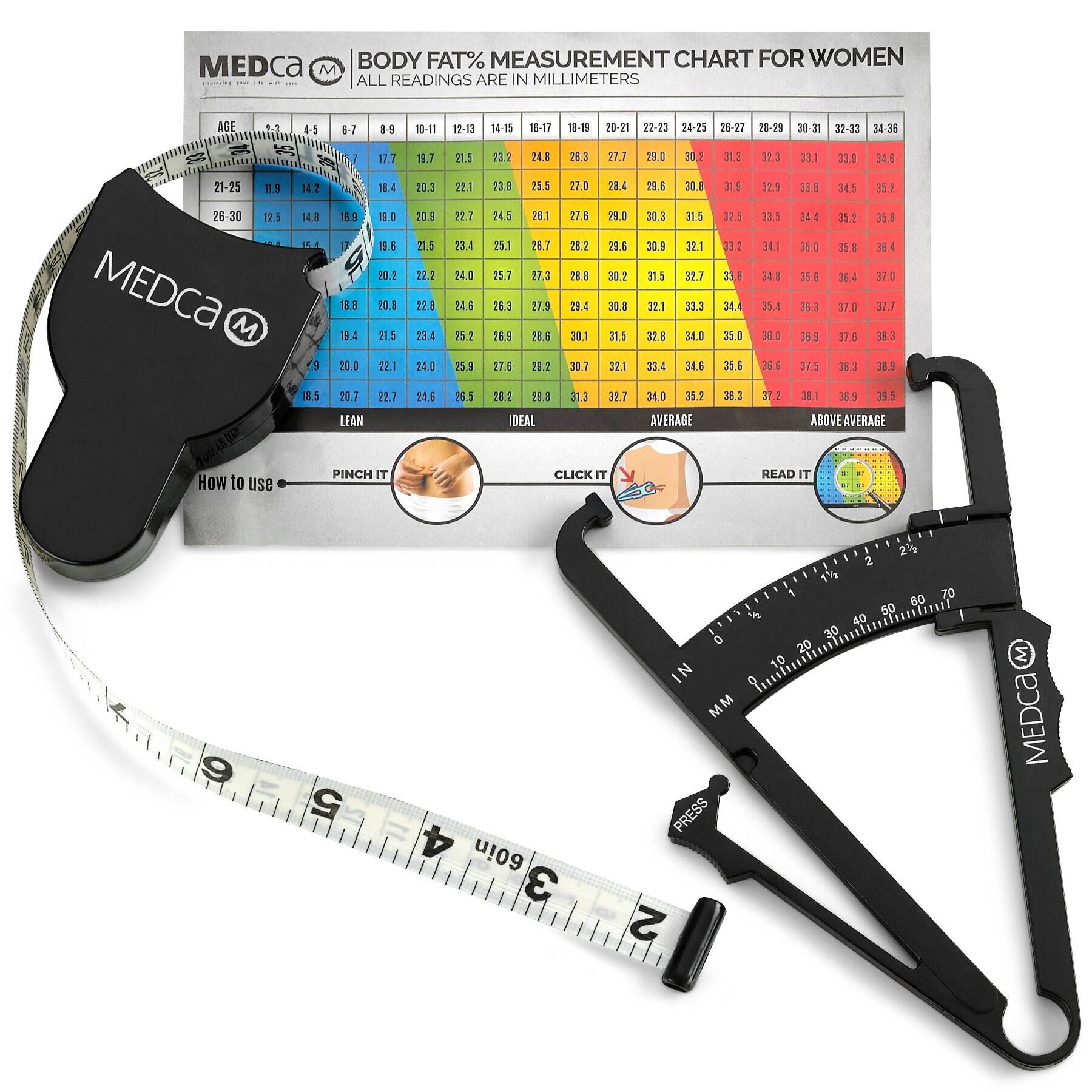
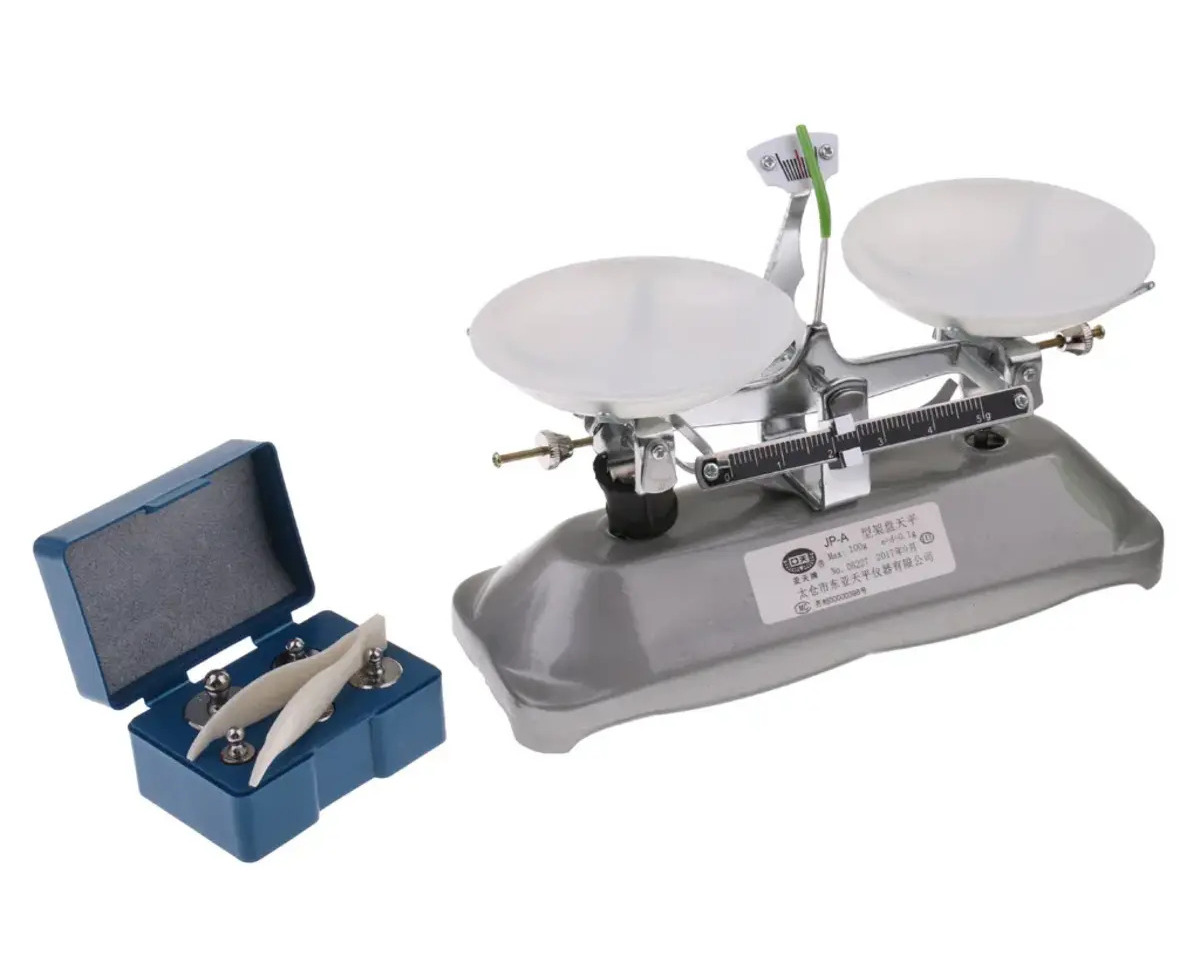
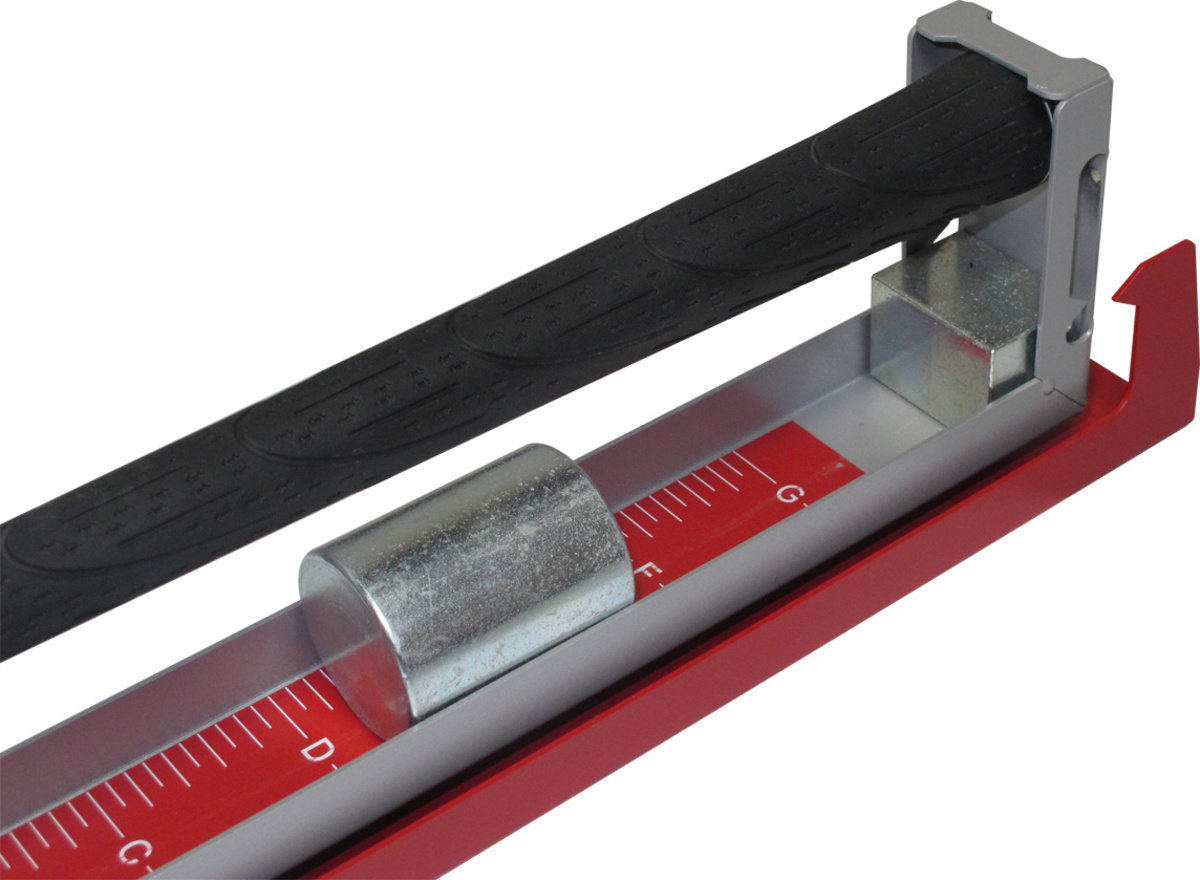
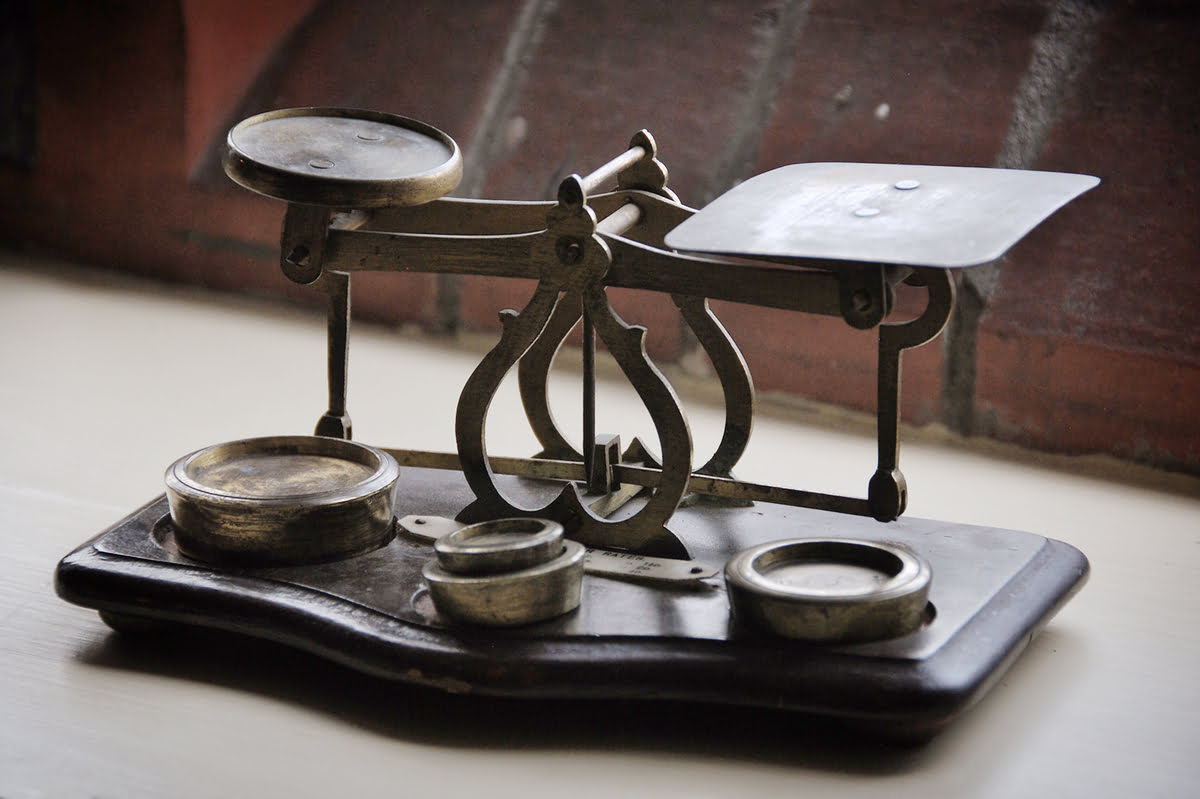
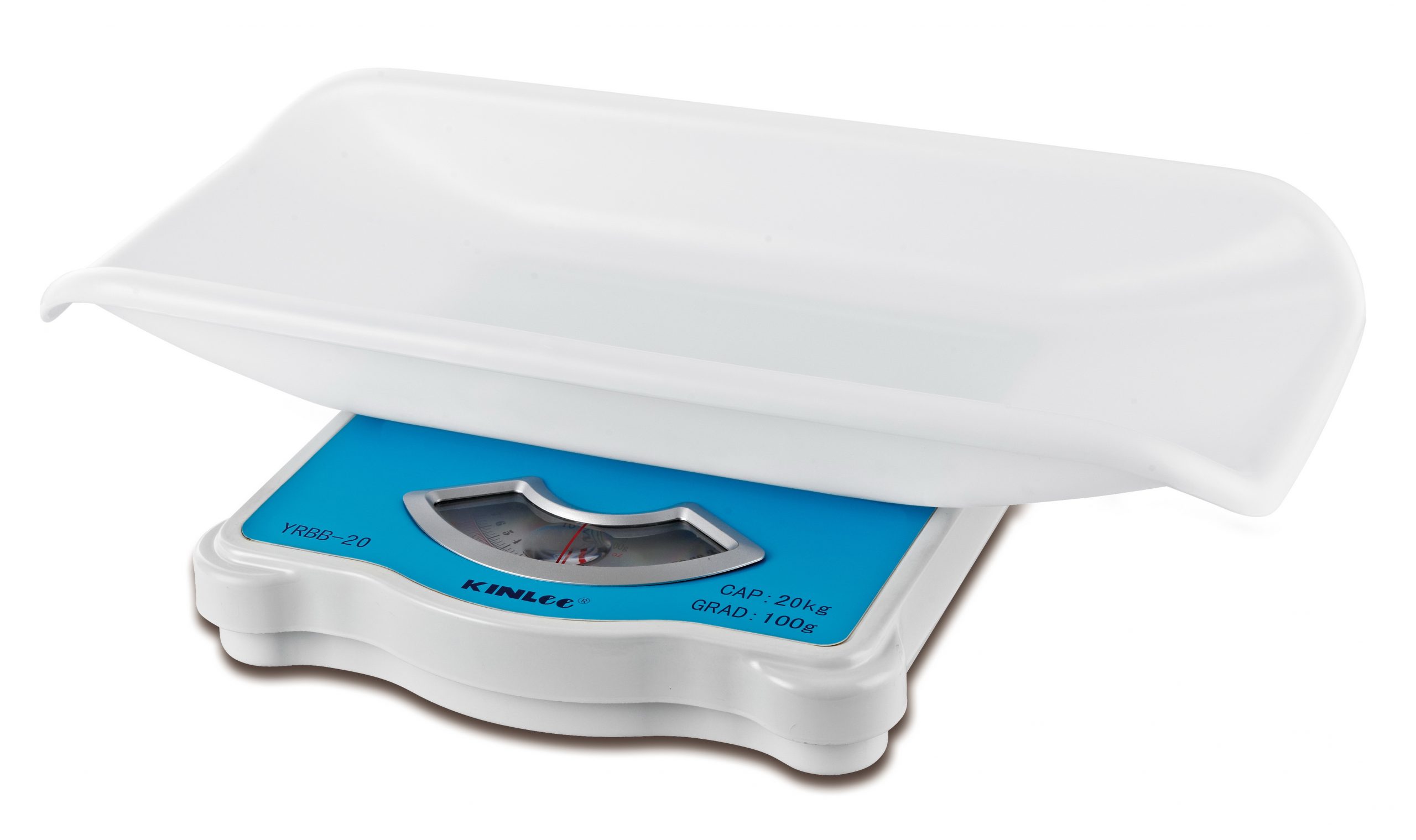
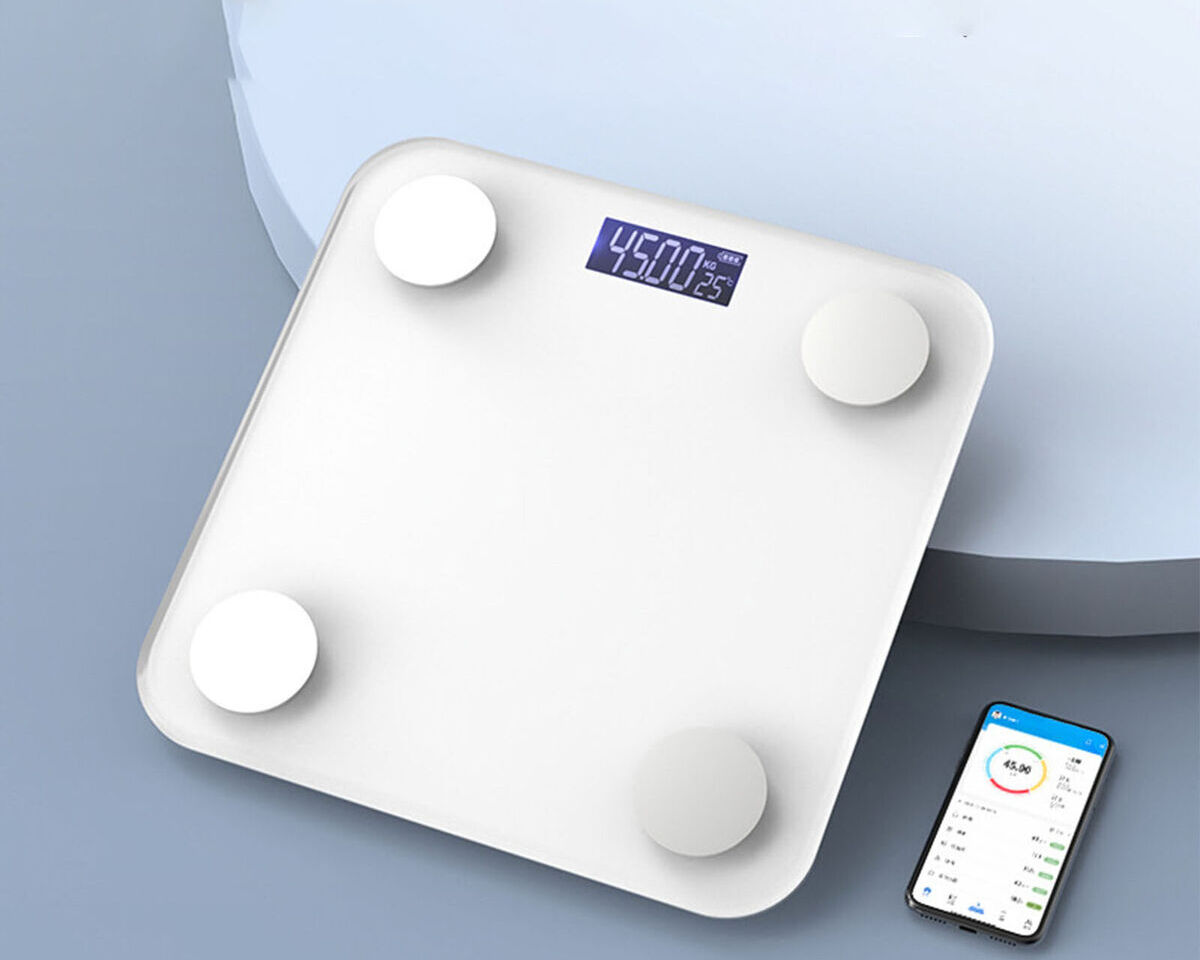
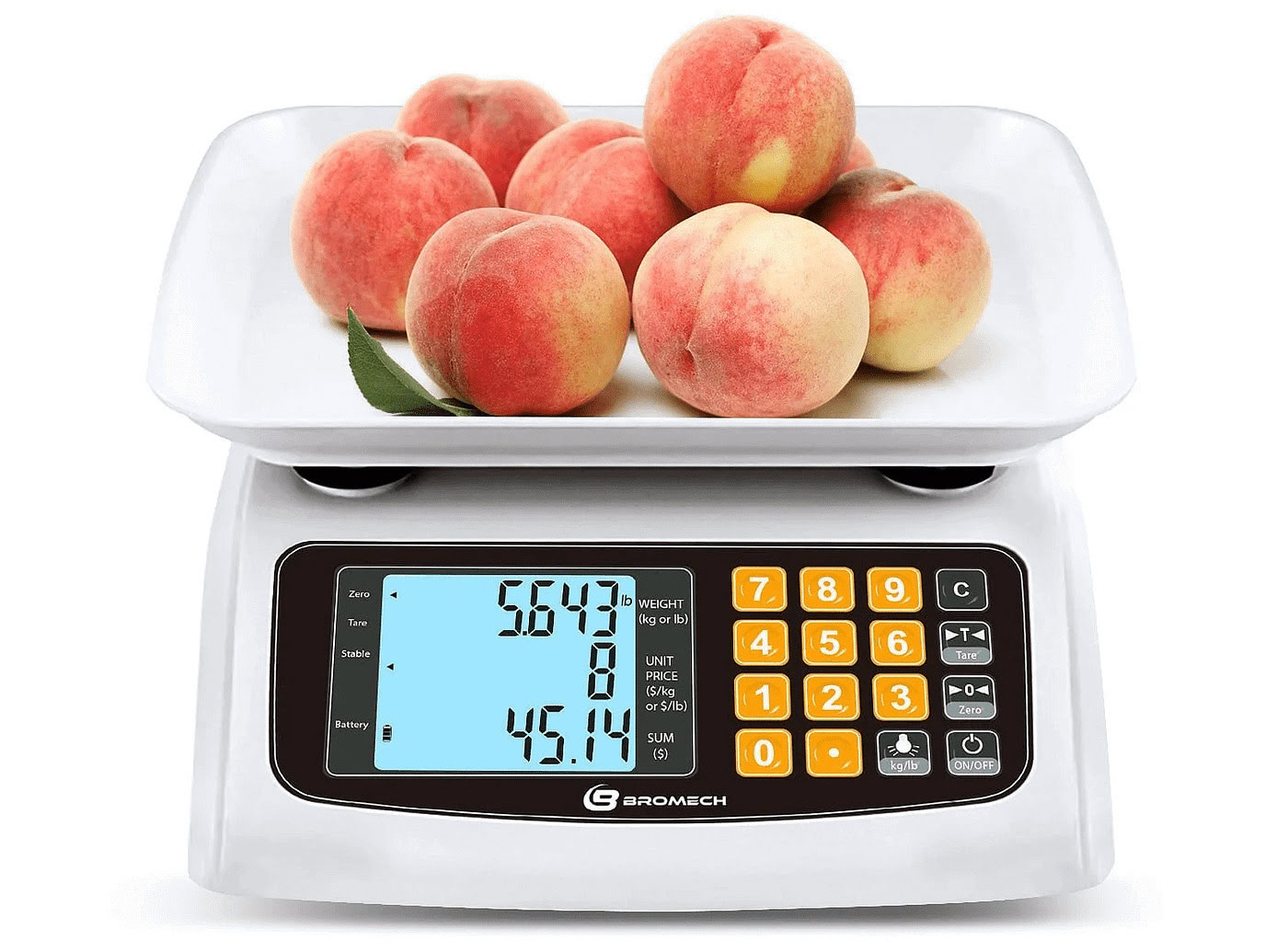
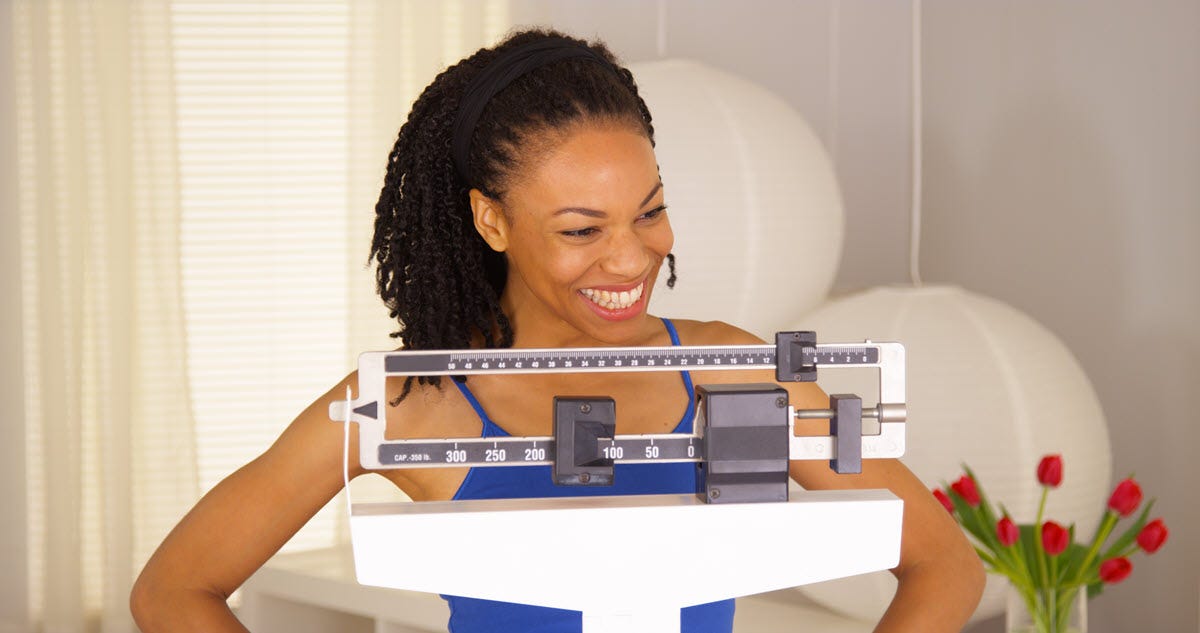


0 thoughts on “How Does A Weight Scale Measure Body Fat”